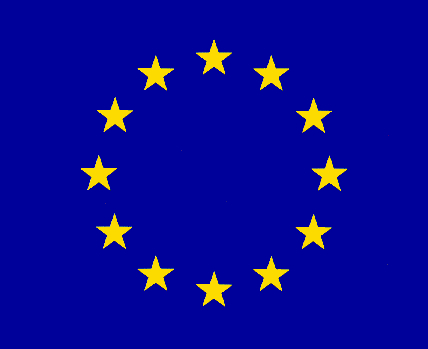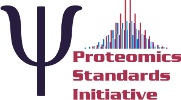Minimal Information About Cooperative Interactions
Introduction
Interdependencies between distinct molecular binding events in a cellular environment are numerous, and there is an increased recognition of the importance of the cooperative nature of molecular interactions for proper cell function. This is reflected by the large amount of cooperative interaction data reported in scientific literature. Curation of these data in publicly available repositories in an easily accessible and computer-readable format would advance understanding of cell physiology and the underlying molecular mechanisms; however, this is a time-consuming and error-prone process. Similar to, and based on, the Minimum Information required for reporting a Molecular Interaction Experiment (MIMIx) (Orchard et al., 2007), which a guideline for reporting all necessary information to decsribe a molecular interaction experiment, we propose the Minimal Information About Cooperative Interactions (MIACIs) guideline to unambiguously report cooperative interactions. This guideline reflects the minimal information that allows us to correctly curate cooperative interaction data from a publication in our data resources. This guideline will assist in avoiding misinterpretation of cooperative interaction data and speed up curation of these data.
Publications
The minimal administartive information required when reporting experimentally validated cooperative interactions include an identifier for the publication containing the data, and some author contact details.
Experiments
In contrast to individual molecular interactions, experimental validation of cooperative interactions usually relies on a combination of experimental methods. Reporting experimental evidence can be done by listing the experimental methods (using CV terms) used to validate the cooperative interaction data. When listing the appropriate methods, no distinction is made between interaction detection methods, feature detection methods or other types.
Interactors
As described in the MIMIx publication (Orchard et al., 2007), identifying the molecules that participate in reported interaction data is one of the most time-consuming and error-prone steps in the curation process. In addition to commonly used names, interacting molecules are ideally identified using an accession number from a publicly available database and the name of the database (for instance UniProt for proteins, ChEBI for small molecules). In addition, the species of the interactors should be indicated (using NCBI TaxId). Finally, when applicable, molecules participating in an interaction can be assigned a biological role (for instance enzyme and substrate in a phosphorylation reaction).
Interactions
The distinct binding events that affect each other are defined by the interacting molecules. In addition, one to many cooperative effects are assignes to binding events that affect other interactions.
Cooperativity
To capture molecular details, the cooperative effect one interaction has on another should be clearly defined for the interaction having the effect. This requires at least identifying the interaction that is affected, indicating the underlying mechanism, and specifying the outcome of the effect, i.e. whether the affected interaction is promoted (positive effect) or inhibited (negative effect). Ideally, additional molecular details are provided by indicating the type of response the cooperative mechanism elicits. In addition, in case the underlying mechanism is 'allostery', the role of allosteric molecule and allosteric effector or PTM should be assigned to the interacting molecules or features. For all the classes of data describing the molecular details of the cooperativity, CV terms are available in the PSI-MI CV. the outcome of the effect, i.e. whether
Summary
Publications
- publication identifier
- author contact information
Experiments
- set of experimental methods that provide evidence for cooperative interactions
Interactors
- interactor name
- interactor identifier
- database
- species
- biological role
Interactions
- interacting molecules
- cooperative effects
Cooperativity
- affected interaction
- underlying mechanism
- outcome
- type of response
- allosteric molecule and effector/PTM in case of allostery




